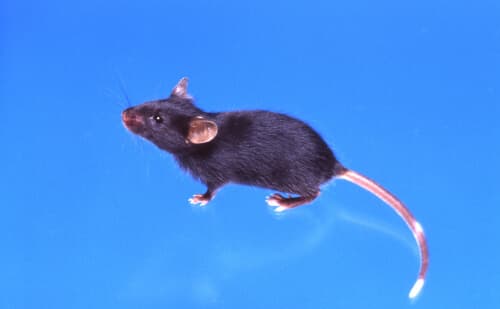C57BL/6JJcl
C57BL/6NJcl
Animals/Inbred Strains/

Ordering name: C57BL/6JJcl
C57BL/6NJcl
Nomenclature: C57BL/6JJcl, C57BL/6NJcl
Availability: Live colony
Characteristics
Mice with black fur. While C57BL/6NJcl tends to exhibit slightly better growth, there are no significant differences in genetic traits or other characteristics between the two substrains. Additionally, the incidence of hair loss, a characteristic of the B6 strain, is nearly identical between the two substrains.
Coat color gene: aa BB CC DD (black)
Use
Known for its low incidence of mammary cancer and resistance to exogenous tumor induction, it is widely used in cancer, immunology, toxicology, and microbiology research. Recently, it has also been used as an embryo donor in developmental biology.
Origin

1921: Dr. Little purchased mice from Dr. Lathrop and established several inbred lines through brother-sister mating. The line originating from
the cross between female No. 57 and male No. 52, which had a fixed black coat color, was named C57BL.
1937: the 6th subline of C57BL maintained by Dr. Little was named C57BL/6, and the 10th subline was named C57BL/10.
1947: it was introduced to the Jackson Laboratory from Dr. Little and supplied as C57BL/6J.
1951: NIH introduced C57BL/6J from Jackson Laboratory and maintained it as C57BL/6N.
1978: C57BL/6N (F=124) was introduced from NIH, and via the National Institute of Genetics, CLEA Japan began production and supply as
C57BL/6NJcl from 1979.
1986: C57BL/6J (F=166) was introduced to our company from Jackson Laboratory, and we began production and supply as C57BL/6JJcl in March of the following year, 1987.
Our Contract Research Services related with This Animal
For details on our contract research services, including cryopreserved embryos, contracted testing, and the provision of research materials such as blood and organs, please click here .

